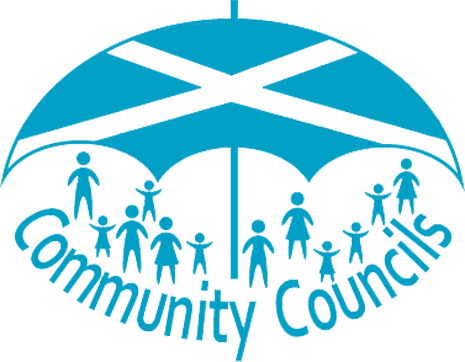Scalloway Community Council, in Shetland, has led on the development of a local place plan. With funding from Scottish Government’s Making Places initiative and support from Shetland Islands Council’s Planning Department and Community Planning & Development service, the community council successfully engaged with the village in a variety of ways to make sure that individuals, organisations, and businesses had the opportunity to share their ideas on what is working well in the area and what action and developments they would like to see going forward.
Here are Scalloway Community Council’s tips on how to engage the community in consultation. While these examples were used to help develop a local place plan as part of the Recreate Scalloway project, we hope you also find the information useful for more general local consultations.
Go door-to-door
Members of the community council knocked on every door in the village to encourage residents to fill in a questionnaire about Scalloway. Feedback from the collected questionnaires contributed to the wider consultation as well as the public workshops organised by the design professionals involved in the process.
Going to the residents directly encouraged people to participate, and conversation on the doorstep helped to highlight issues and ideas that might not have been documented through just the questionnaire.
Look at things from a different perspective
Several community councillors walked around the village to get a sense of any physical issues in the village. The most interesting walkaround, however, was done by the local youth club. Using wheelchairs and walking aids, the young people went through the village trying to find out how people with mobility issues could get through the street, cross the street and navigate drop kerbs. The exercise provided a different perspective and highlighted that there was poor access for disabled people within Scalloway.
Use social media
In the lead up to public workshops in the village hall, a series of posters with the consultation questions were shared on Facebook over the course of a few days. The questions ranged from “When you are away from Scalloway, what do you miss the most?" to "What could be improved in Scalloway?" and people were encouraged to answer in the comments. The posters helped promote the face-to-face workshops as well as the Recreate Scalloway project in general, but it also attracted people who would not normally have come along to a workshop in a public hall. Having the opportunity to get involved online as well as or instead of in person meant that people could provide their input where they felt the most comfortable and at a time that suited them.
Take note of different ideas
The consultation responses brought in other information and issues that were not necessarily relevant to the scope of the Recreate Scalloway project and local place plan but were still important to local people. Scalloway Community Council felt it was important to gather this information together, pass them through the proper channels, for example through the relevant Shetland Islands Council department, and deal with it all as one whole package, rather than just sticking rigidly to the focus of creating a place plan.
Show people that their views are being heard
For Scalloway community council, the worst-case scenario in developing the local place plan would be to develop a community plan or a local place plan that arrives on a shelf and remains there and people walk away from the consultation saying, "What happened there?"
Scalloway Community Council were keen to show people that their views were being heard. The community council took every step to identify short term goals as the medium and long term goals of the consultation so that there could be ways that people can see that their opinion is being heard, that it's being considered to be worthwhile, and that something would happen as an outcome of the effort that they had put into it.

